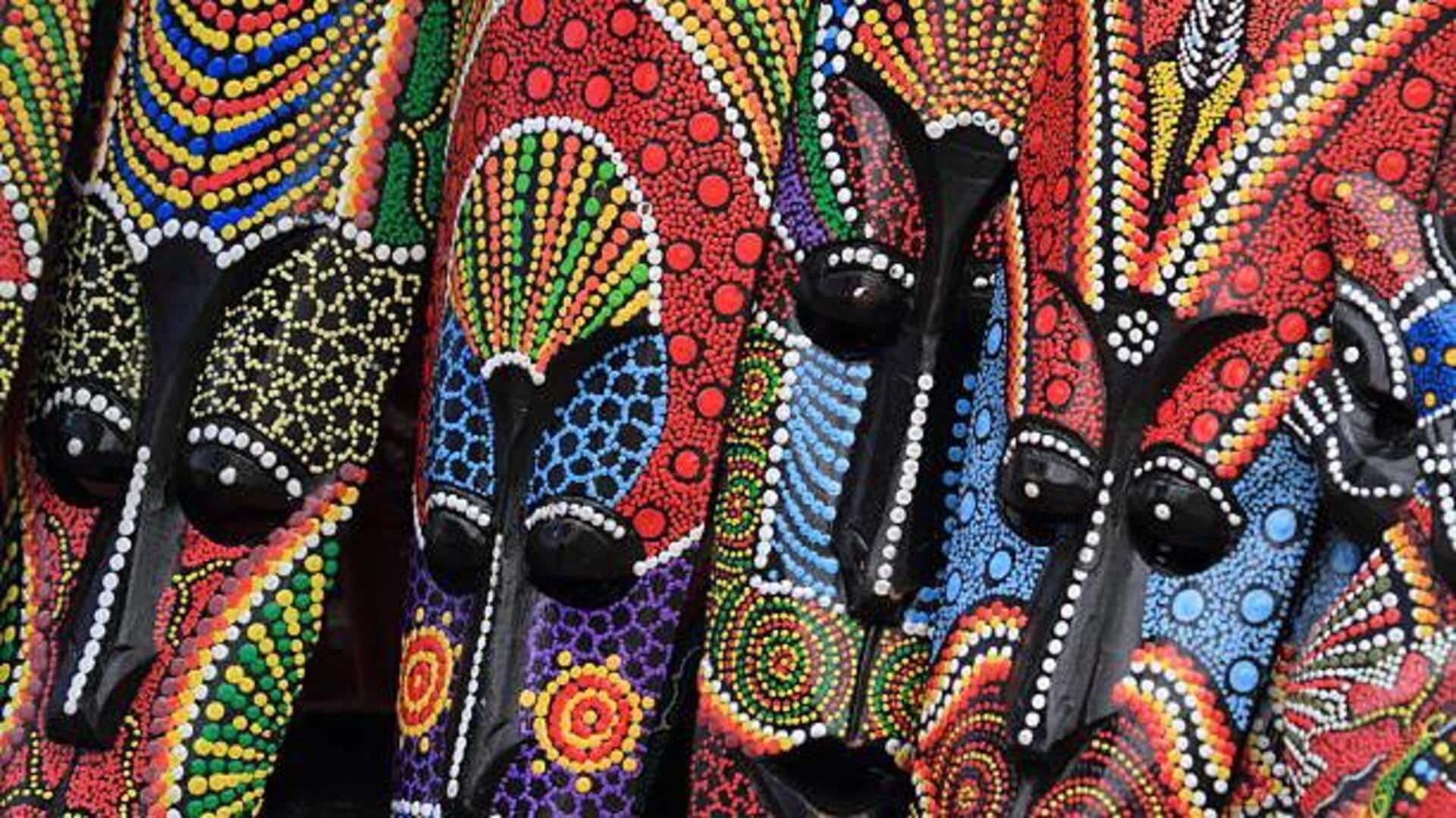
How traditional masks are inspiring global fashion
What's the story
African mask artistry has always been an important cultural expression, rooted in the traditions and rituals of various African communities. Lately, these intricate designs have gone beyond their traditional roles to shape global fashion narratives. Designers around the world are increasingly taking cues from the vibrant colors, patterns, and symbolism of African masks to curate unique fashion statements that speak to diverse audiences.
Cultural insight
The cultural significance of masks
African masks are not just decor, they are steeped in culture. Initially used for ceremonies and rituals, these masks signify spirits or ancestors and are said to have some spiritual power. This rich cultural heritage is now being celebrated all across the globe as designers are adding these elements into contemporary pieces of fashion, bridging the gap between tradition and modernity.
Design impact
Influence on modern fashion design
The impact of African mask artistry on contemporary fashion design is visible in the striking patterns and vivid colors we see on runways today. Designers are incorporating these features to create pieces that narrate tales through their aesthetic. Not only does this trend showcase the beauty of African art but also celebrates cultural diversity in the fashion world.
Sustainable practices
Sustainability through traditional techniques
Many designers, inspired by African masks, are turning to traditional crafting techniques that prioritize sustainability. By working with locally sourced materials and artisanal methods, they are creating eco-friendly fashion pieces. Pieces that honor not just the environment but also cultural heritage. The mindful approach also fits the increasing demand of sustainable practices in the global fashion community.
Economic impact
Economic opportunities for artisans
The increasing popularity of African mask-inspired designs has created new economic opportunities for artisans across Africa. As demand for authentic craftsmanship increases, many artisans are at the head of this trend, earning the recognition and financial benefits that come with the work. This shift not only bolsters local economies but also ensures that traditional skills are passed down to future generations.